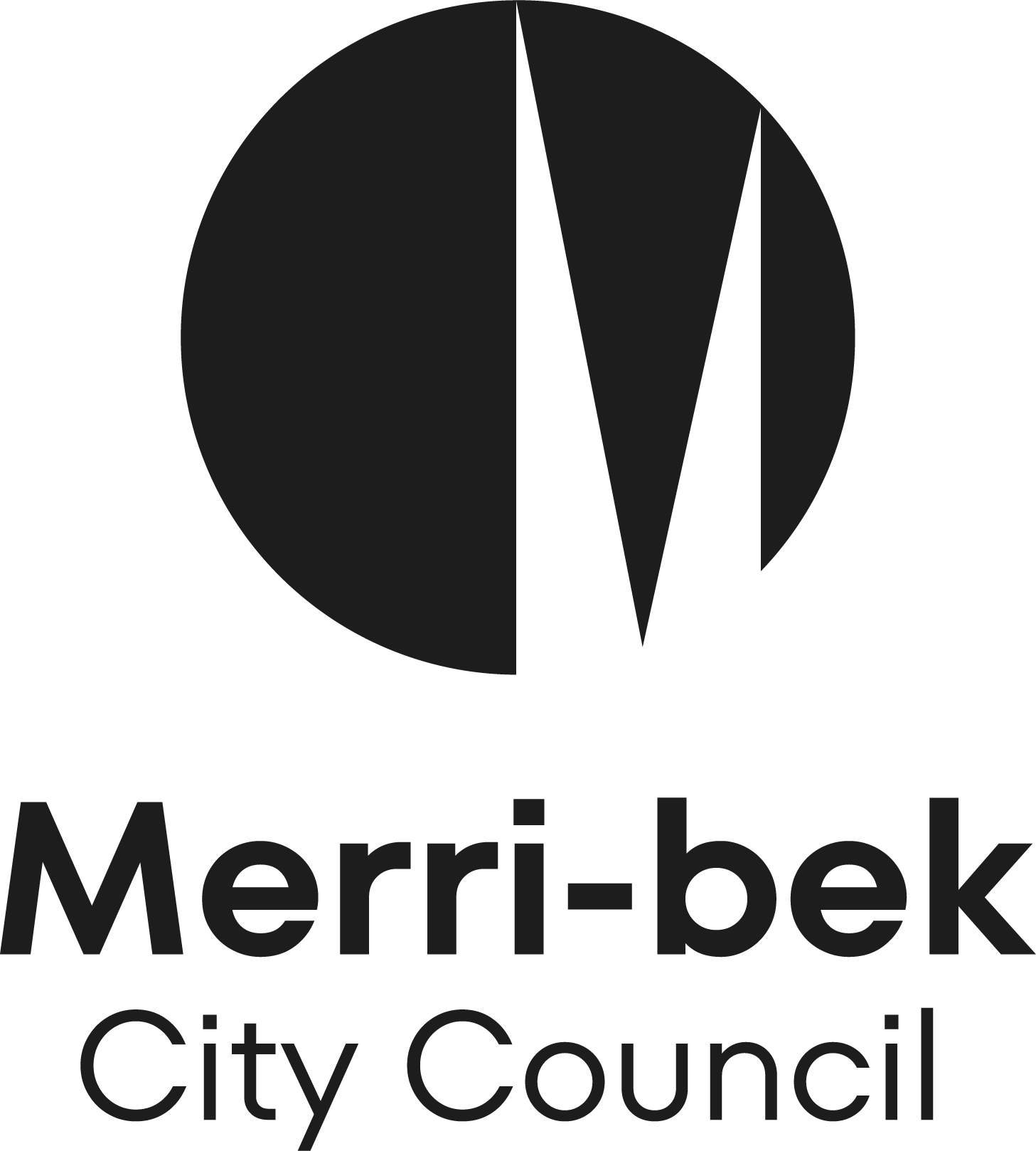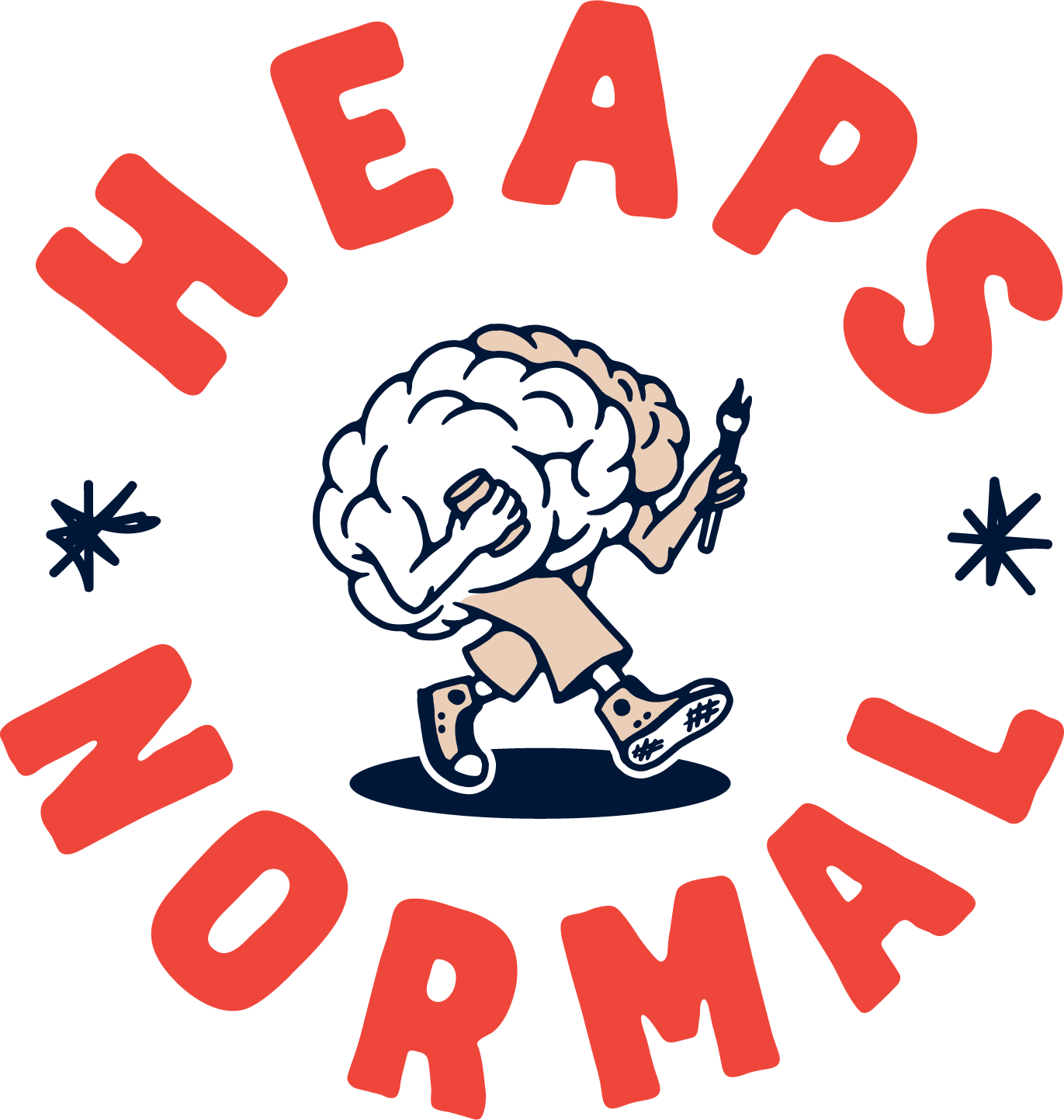BONNIE YUE QI
Insignificance does not exist
2025
❦
Freja Inner-Ker, Hoi Ni Jess Chow & Mikaela McBain, Once again, until the aluminium bends
Gallery One, 7 Dec 2024—12 Jan 2025

I think of myself as a child, helping my mum to arrange groceries each week after we returned from the supermarket. She always asked me to remove vegetables from their plastic packaging before properly storing them in the fridge. As for the plastic bags, they were tossed into a large pile that was regularly cleared from our home. Over the years, I have thrown away hundreds of different kinds of plastic packaging that seemed to have no impact on my life. How insignificant they were! Yet here I am now, reminiscing about all the time I spent with my mom tearing open plastic bags, as the rustling sound tickles my ears and the waxy texture lingers on my fingers. The plastic bags were discarded but my body still remembers them. Somehow, they’ve become intertwined with memories buried deep in my mind. The insignificant things reappear in the form of a holistic presence with just a tiny trigger. Surely they work in intricate yet imperceptible ways within me.
I believe there are similarities in experiencing certain uncanny contemporary artworks. According to the philosopher and art historian Juliane Rebentisch, the viewing of contemporary art stems not from its contents or characteristics, but largely from the viewer’s self-reflective engagement with a work: “For how the object appears to us at any given moment is something we do not make and is yet inconceivable without the performative force of our imagination.”[2] Rebentisch suggests that viewers of contemporary art are vulnerable, in that they are removed from expectations once held of when, where, and how to look at art. They remain innocent even before the most overlooked objects exhibited, not judging value by a set of common standards. However, this vulnerability places viewers at the forefront of perceiving a work of art in whatever irrational way they will. They are therefore granted the right to jump out of a customary framework that dictates right from wrong, big from small, significance from insignificance. Rather than the most obvious value society assigns to an object—such as its functionality—its importance is manifested through the way I choose to relate to it. When I embrace my urge to feel, reflect, and to ascribe meanings, the artworks, though they may challenge common standards, can become deeply personal. When I possess my agency to the full, even the most insignificant object can manifest its importance to me through the connection we share.

In the exhibition Once again, until the aluminium bends, unexpected objects lead my body and mind. A painting of a cake by Freja Innes-Ker is hung on the left wall—though I didn’t realize it was a cake until I read the title. An ochre praline tray perfectly obscures the painting, accentuating the sculptural shapes at its bottom, designed to hold all kinds of chocolates. A string ties the canvas and the tray together, mimicking bows on a finely wrapped present. Looking at this work, I instinctively took out my phone and googled images of “praline tray.” Not a single photo was taken from the underside of trays. In fact, I couldn’t find any pictures of empty praline trays at all. If we do follow the definition provided by the Cambridge Dictionary, the significance of a chocolate box lies in its ability to present chocolates safely and aesthetically to customers. However, in this work, that significance fades from my view. What is instead emphasised is the usually-insignificant element of that piece of commercial plastic: its sculptural form, ochre color, light weight, smooth surface, stiff flexibility, and opacity. The once-overlooked plastic tray becomes unexpectedly annoying. It is almost as if a new function has been assigned to it as a filter or barrier to my sight, stimulating an urge in me to take it down so that I could properly see the painting. Yet in the next second, I realised that perhaps the cake is never meant to be seen. The unsettling act of centering the insignificant is, in itself, enough to sting. How often do social norms compel me to be clear and direct in every expression I make? How much do I compel myself to understand and respond as quickly as possible so that I am not wasting anyone’s time? The praline tray pulls me back from the never-ending act of fulfilling social expectations to pleasing just myself. I can be as obscure and unusual as I want, acting on instinct instead of according to perceived value.

Entering the space, it is impossible to overlook the hay bales lying on the gallery floor. The intention of artist Hoi Ni Jess Chow is clear. The act of relocation strips the hay bales from the places they are meant to occupy. What once was indistinct on any standard grass field becomes almost inappropriately conspicuous when placed within the minimalist urban space of TCB. Once again, insignificance is brought to the centre through rearrangement. Each hay bale is neatly tied with a polyester string. Bundled into an oval shape, they suggest a place for passersby to sit and rest. I stood in the middle of them and thought of my grandfather. When I was a child, he would lift me up to sit on massive hay bales in the village where he grew up in rural China. Having been raised in the city, this is one of the few memories I have of farms and crops. Now my grandfather can no longer travel without a wheelchair, and my memories around hay bales have slowly faded into the past. I began to imagine what he might say if he were here. Would he tell me the hay bales didn’t need to be so neatly trimmed? Or ask me why they even belonged in a gallery? There was nothing I could do but let my imagination wander.

In the right corner, an installation by Mikaela McBain catches my attention. On the floor lie two polyurethane foam panels, each decorated with numerous dots. It wasn’t until I walked closer that I realized the neatly aligned dots were actually dozens of map pins poked into the foam. The black pins form a long, curvy line with a spiral at the end, while white pins are arranged into a small troupe, intruding onto the black line. Each black pin is spaced differently. Some are far apart, while others are close; some replicate the one before them, while others slightly alter. What was the original purpose of these pins? I asked myself as I became completely absorbed in the rhythm of the line. They are almost invisible when placed on a bulletin board, as the focus is usually only on the photos or reminders they fasten. Yet here, they seem almost alive on the polyurethane foam, tracing a path in the miniature world that they now inhabit. The needlepoint, once the most essential part of a functional pin, has been reduced to mere support, hidden within the foam. It is almost as if the green polyurethane foam is transformed into a two-dimensional world where everything is simplified to point, line and plane. Finally, the map pins are properly seen: not as mere tools to secure the reminders on notice boards, but as objects themselves, inherently sleek and minimalistic.
Looking at the artworks, I can’t help but notice that my body senses the insignificant before my mind comprehends it. It seems to react almost automatically, drawing my thoughts to memories, feelings and even subconscious desires that have remained silent to myself. Hovering over this silence is my rationality, carefully shaped by the common sense that is told, learnt, shared and eventually presumed as the proper way of thinking, that which habitually directs my attention to the significant. However, this honest reaction in my body slips through, and conveys its message to my mind before rationality arrives. I will never fully understand how the unnoticeable triggers, inspires or even challenges me in unexpected ways. But the fact that I am noticing the instinctive yet peculiar stirring in my mind tells me one thing: insignificance does not exist. It dies at the moment I recognize it as such. It yearns to remind me of how much I have actually experienced through what is often overlooked. I slowly return to myself when my reflections are gently unraveled by this awareness. In that unconscious space, I see what my body remembers—those raw, unguarded perceptions that have quietly and profoundly shaped the fullness of my individuality.

[1] “Insignificance,” Cambridge Dictionary, https://dictionary.cambridge.org/dictionary/english/insignificance.[2] Juliane Rebentisch, “Questionnaire on the Contemporary,” October 130 (Fall 2009): 101, doi.org/10.1162/octo.2009.130.1.3.
BONNIE YUE QI is an emerging writer and jeweller based in Naarm. She graduated from the University of Melbourne in 2023 with a degree in Art Curatorship. Her research takes interest in the art of the Asian diaspora in Australia and the intersection between art and horticulture.
Edited by Kaijern Koo.
Documentation by Nina Rose Prendergast.
This piece was commissioned in response to Freja Innes-Ker, Hoi Ni Jess Chow & Mikaela McBain’s exhibition Once again, until the aluminium bends as part of TCB’s 2024 Emerging Writers’ Program.
The TCB Emerging Writers’ Program is generously supported by the City of Merri-Bek.
Edited by Kaijern Koo.
Documentation by Nina Rose Prendergast.
This piece was commissioned in response to Freja Innes-Ker, Hoi Ni Jess Chow & Mikaela McBain’s exhibition Once again, until the aluminium bends as part of TCB’s 2024 Emerging Writers’ Program.
The TCB Emerging Writers’ Program is generously supported by the City of Merri-Bek.



